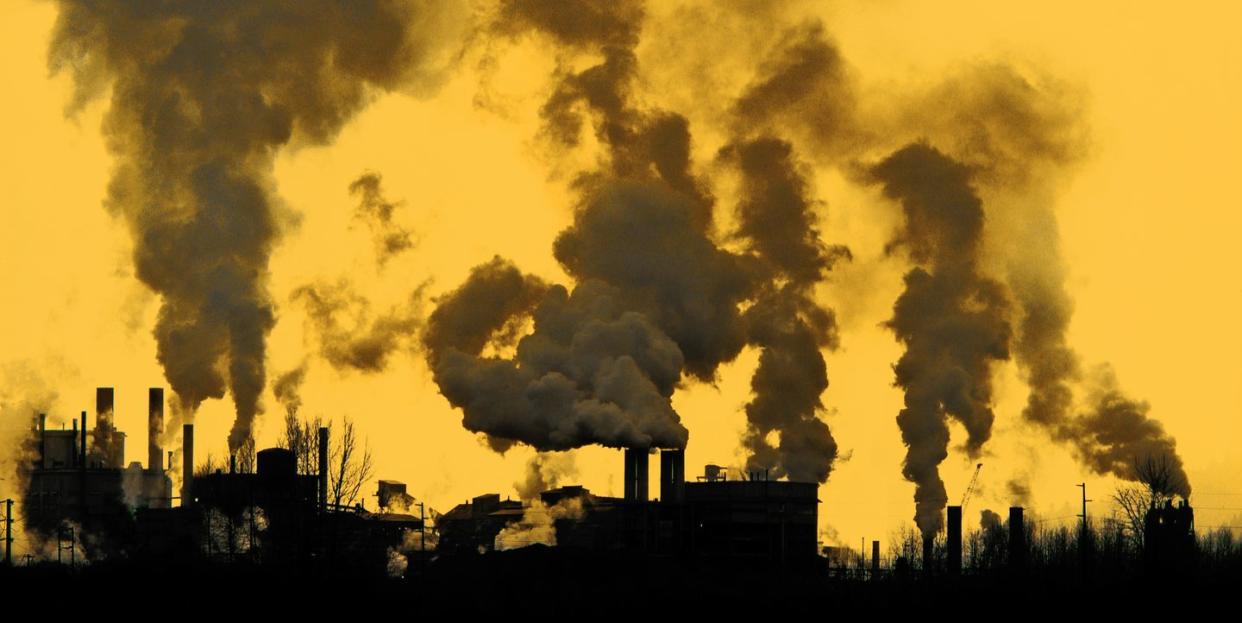Yikes! Turns Out Only .001% Of the Global Population Is Safe from Air Pollution

A new study finds that .001 percent of the global population resides in locations where the air pollution levels are deemed safe.
The study is reportedly the first to use new research to accurately measure global air pollution.
Air pollution is worst in southern and eastern Asia.
That nasty fine particulate matter that pollutes the world’s air is nearly everywhere. And we mean quite literally nearly everywhere.
A new study from Australia’s Monash University School of Public Health and Preventive Medicine published in Lancet Planetary Health created a new way to monitor air quality globally. The study found that just .18 percent of global land area is below the fine particulate matter safety levels recommended by the World Health Organization, and that only .001 percent of the global population resides in areas below those levels. That’s not much.
The research team says that, according to a Global Burden of Disease Study, outdoor air pollution—including the fine particulate matter that researchers refer to as PM2.5—caused over 6 million premature deaths in 2019. But even though short-term exposure to ambient PM2.5 is known to be a leading contributor to the global burden of diseases and mortality, the global patterns of PM2.5 concentration aren't often studied on those shorter timescales.
Previously, a shortage of pollution monitoring stations globally meant a dearth of data to accurately measure the fine particulate matter of the entire world. The Monash research team combined traditional air quality monitoring observations, satellite-based meteorological and air pollution detectors with statistical and machine learning methods to more accurately access PM2.5 concentrations globally.
And the findings don’t look good for much of the world—especially Asia. The report shows that, by 2019, more than 70 percent of global days had PM2.5 concentrations higher than the safe limit set by the WHO. And in both southern and eastern Asia, more than 90 percent of days had higher-than-safe concentration levels.
While the levels in North America and Europe decreased slightly in the two decades leading up to 2019, the levels rose in Asia, Australia, New Zealand, Latin America, and the Caribbean.
The annual global average concentration of fine particulate matter was 32.8 µg/m3, twice the safe limit set by the WHO.
The study “provides a deep understanding of the current state of outdoor air pollution and its impacts on human health,” Yuming Guo, the professor from Monash University School of Public Health and Preventive Medicine who led the study, says in a news release. “With this information, policymakers, public health officials, and researchers can better assess the short-term and long-term health effects of air pollution and develop air pollution mitigation strategies.”
You Might Also Like
